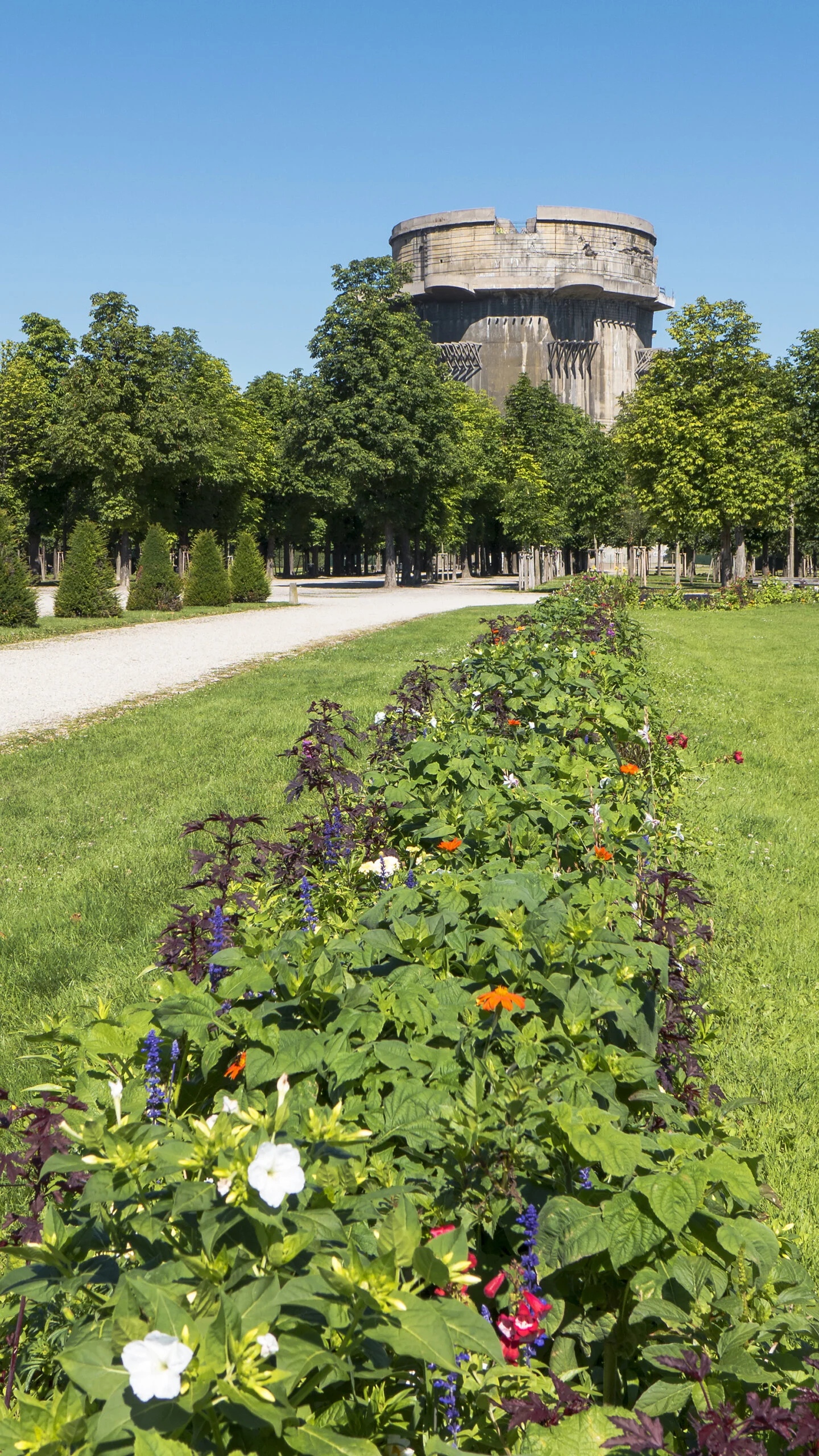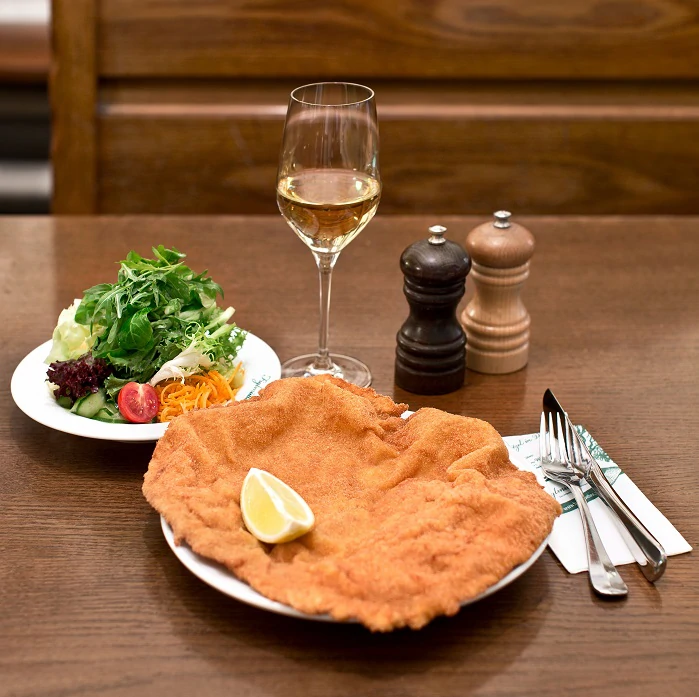Where is the Augarten located? What used to be here instead of the oldest baroque garden in Vienna? Who is the Augarten associated with and what can you visit there?
In the 2nd district of Vienna – in Leopoldstadt – close to the U2 Taborstraße, is the Viennese Augarten, the oldest baroque garden in Vienna. In the French style, the avenues of maple trees, ash trees, lime trees and chestnut trees laid out by the garden architect Jean Trehet are impressive. It is one of the Austrian federal gardens and is closed at nightfall. Joggers like to use the approx. 3 km long park circuit of the approx. 52 ha park during the day. What is there to see in the Augarten?
- The Augarten Palace has been the headquarters of the Vienna Boys’ Choir since The high school with boarding school is only for boys’ choirs, the remaining institutions (kindergarten, private elementary school) are for all music-loving children.
- In the MuTh, the concert hall of the Boys’ Choir, they can listen to the most beautiful children’s choir in the world.The construction of the modern concert hall at Augartenspitz initially caused a stir due to its architecture, but it was opened in 2012.
- The historic Augarten Palace with the porcelain manufactory makes the hearts of porcelain lovers beat faster. The headquarters of the Augarten procelain manufactory is located in the Garden Hall. Since the beginning, high-quality porcelain is made by hand and has its
- Atelier Augarten (currently unused) The studio of the artist Gustinus Ambrosi was once located here. Francesca Habsburg-Lothringen set up the Thyssen Bornemisza Art Contemporary Foundation on the premises from 2012 to 2017.
- Filmarchiv Austria is located in 1997 in the
- Retirement home – Augarten House is its beautiful senior residence overlooking the park
- Children’s outdoor pool – always summer extremely popular with residents with children. Children’s playgrounds and sports fields complete the offer
- Lauder Chabad Campus – the 2nd district is Jewish dominated , so you will find a synagogue, nursery, kindergarten, elementary school, middle school and pedagogical academy here.
- Two flak towers (anti-aircraft guns) dominate the park and remind of dark times of the Austrian
- The Bunkerei Augarten (which has nothing to do with a bunker) invites you to good food
The park has been a protected monument since 2000. What was here in the past? We go back to the year 1614, when Emperor Matthias had a small hunting lodge built in the then imperial hunting grounds, an untouched meadow landscape . Hunting was the favorite pastime of the Habsburgs, which was also practiced in the Prater and at Schönbrunn. 40 years later, a successor – Ferdinand III – had a small garden complex laid out, initially in the Dutch style , and the hunting lodge extended. Leopold I (grandfather of Maria Theresa and also known by the nickname “Türkenpoldl”) turned it into a Baroque pleasure park around 1677 and gave it the name “Kaiserliche Favorita”, later called “Alte Favorita” . As was the case with Schönbrunn, the Ottomans destroyed the entire complex in the course of the 2nd siege in 1683. Leopold’s son – Emperor Joseph I – had the palace and garden restored by Jean Trehet in 1705-08 . In 1712, his brother, Charles VI again commissioned the expansion of the garden, as we perceive it today from the size and splendor. Jean Trehet also realized the gardens at Schönbrunn and Belvedere. When the Prater was opened to the public in 1766, it was in keeping with the Enlightenment to open the Augarten to the public. Joseph II thus made the Augarten accessible to the public on May 1, 1775 . The striking entrance portal on Obere Augartenstraße bears witness to this and leads directly to Augarten Palace, where the Augarten Porcelain Manufactory is located. Towards the end of the 18th century , the famous morning concerts were held in the garden hall of Augarten Palace , conducted by none other than Wolfgang Amadeus Mozart . Beethoven’s works were also performed here. In the 19th c. the 1st of May concerts of works by Johann Strauss Vater took place in the Garden Hall. Due to the nearby Danube, the Augarten became a popular place to visit in the 19th century. flooded several times. Two commemorative plaques, one by the main entrance and one by the Castellezgasse entrance remind us of this. The Second World War brought changes to the Augarten. Before that, Chancellor Schuschnigg lived in Palais Augarten from 1934-36 . Towards the end of the war, two anti-aircraft towers were erected in the Augarten, as Adolf Hitler considered the location to be strategically favorable. In the summer of 1944, the construction of two towers began, a combat tower and a control tower, both with a height of around 50m. They are now prominent memorials to World War II. The attempt to blow it up in the 1960s went wrong. The blasts could not harm the towers. Until today there is a discussion how they could be used. Nowadays, people go to the Augarten to walk, run (cycling is prohibited) and practise yoga . Cinema under the stars or the successor Kino wie nie am Augartenspitz is also popular. Time Travel Tip: A walk through the Augarten is worthwhile because of the beautiful baroque grounds, the history, the variety and can be combined with a culinary visit to the Bunkerei Augarten or the Restaurant Sperling in Augarten Palace. A combination with the Carmelite Market and the Jewish Quarter is also a good idea. Image source: https://commons.wikimedia.org/wiki/File:Wien_02_Augarten_gb.jpg



